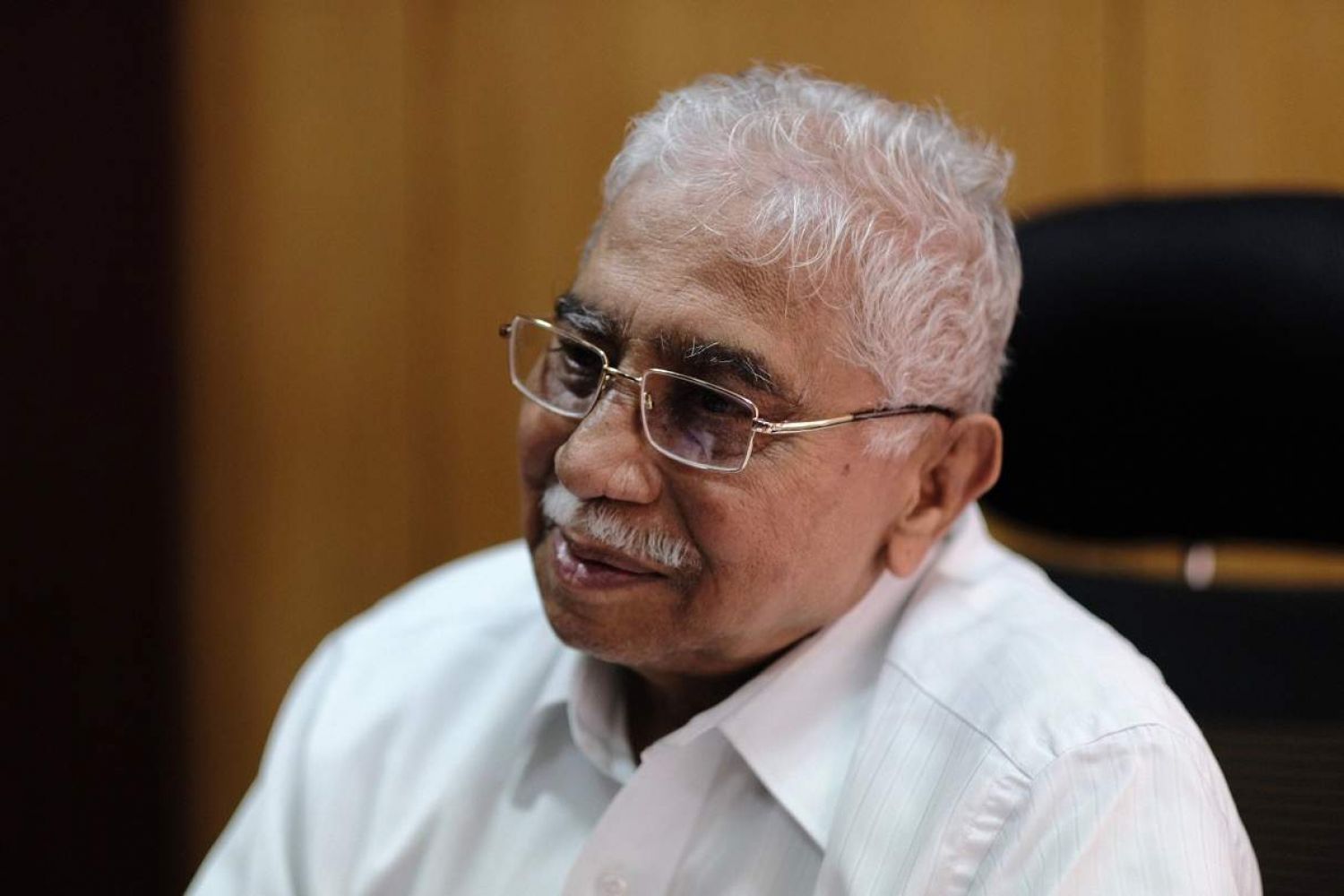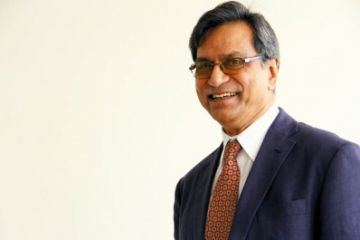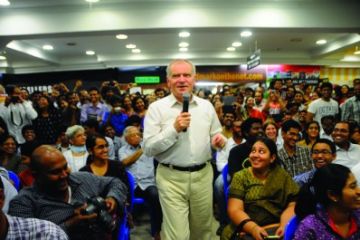
Chandrasekhar Kambar
is a myth-maker of modern times. Poet, playwright, folklorist and film
director, he brings alive the mystique and magic of folk. His recent works
explore the tussle between the myth and the modern. Born in Ghodageri village in Belgaum district in Karnataka, Kambar’s writing is full of local flavour, written in a Kannada dialect spoken in north Karnataka. All his stories are set in an utopian village, Shivapura.He has written 25 plays, 11 anthologies of poems, five nove
Continue reading “‘Memories are creative, but history is not’”
Read this story with a subscription.





